Thinking of Going Red? Here’s the Real Talk You Need First
As a hair colorist who’s been in the game for a long, long time, I can tell you that red hair isn’t just a color—it’s a whole mood. It’s a commitment. I’ll never forget a client who sat in my chair, clutching photos of fiery copper hair, but was convinced her pale, freckled skin could never pull it off. We ended up just talking for a while, looking at her skin in the natural light by the window, and landed on a soft, strawberry-auburn that made her green eyes absolutely electrify the room. It was a game-changer for her.
In this article
That moment really crystalized it for me: finding the perfect red is a team effort. It’s about blending your unique features with a stylist’s know-how. So, this isn’t going to be just another gallery of pretty hair. I want to pull back the curtain and share the stuff I teach my apprentices—the science, the strategy, and the real-world upkeep. Because let’s be honest, red is the most beautiful diva in the hair color world. It’s the trickiest to get right and, boy, does it love to fade. But once you get why it behaves the way it does, you can make it last.
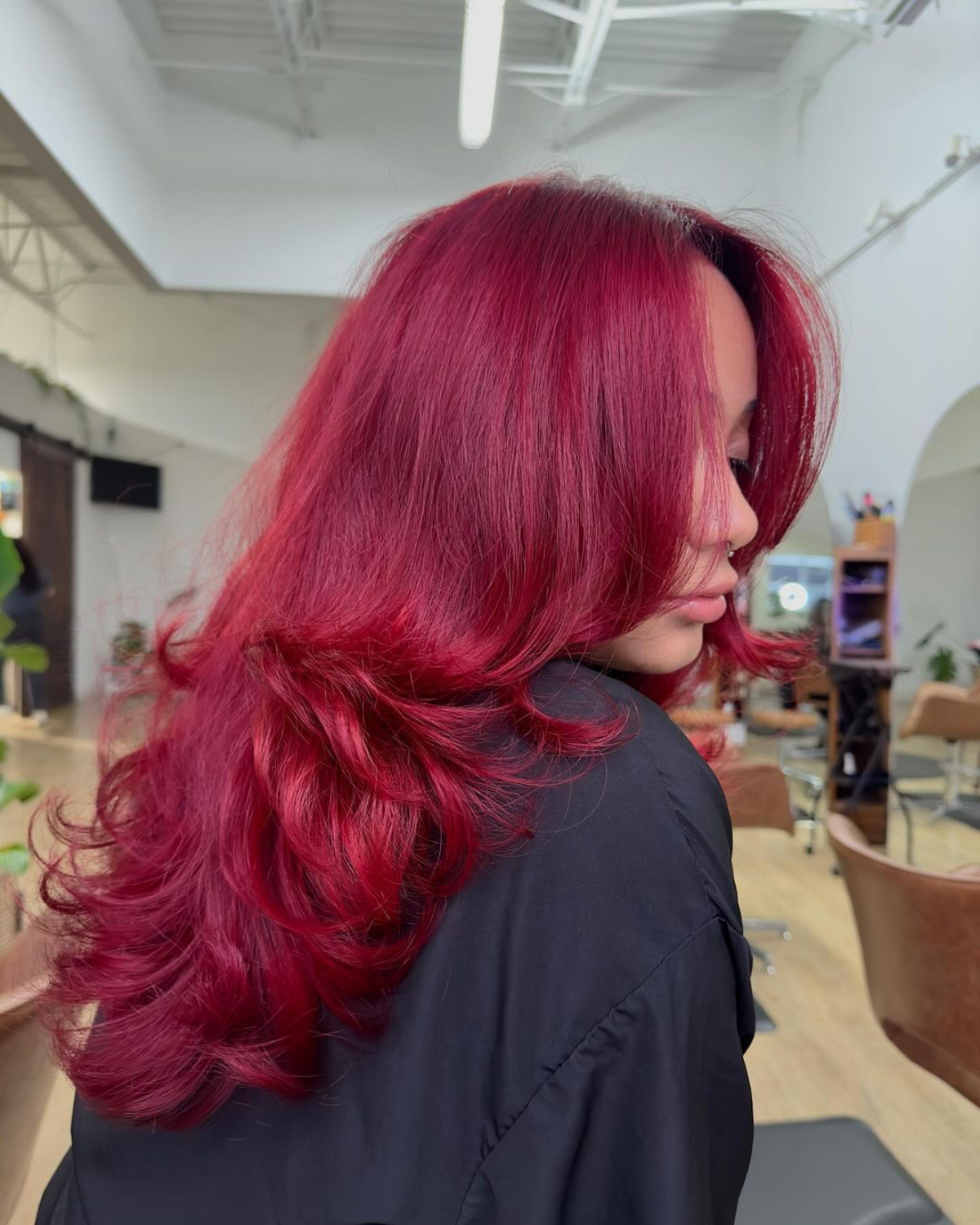
The Science Bit (But Let’s Make It Simple)
So, why is red so high-maintenance? It all comes down to a little bit of chemistry. Think of your hair strand like a pinecone. To get color in, a stylist has to use products that gently lift the ‘scales’ of that pinecone (your hair’s cuticle). Now, here’s the catch: the molecule that creates red color is physically larger than the molecules for other colors, like browns and blacks.
Because it’s so big, it can’t wedge itself as deeply into the hair shaft. It kind of just hangs out near the surface. So, every time you wash your hair, especially with hot water that makes those ‘scales’ swell up again, those big red molecules are the first to slip out and wash down the drain. It’s that simple. Smaller brown molecules burrow in deeper and hang on for dear life. Understanding this one thing is the key to everything.
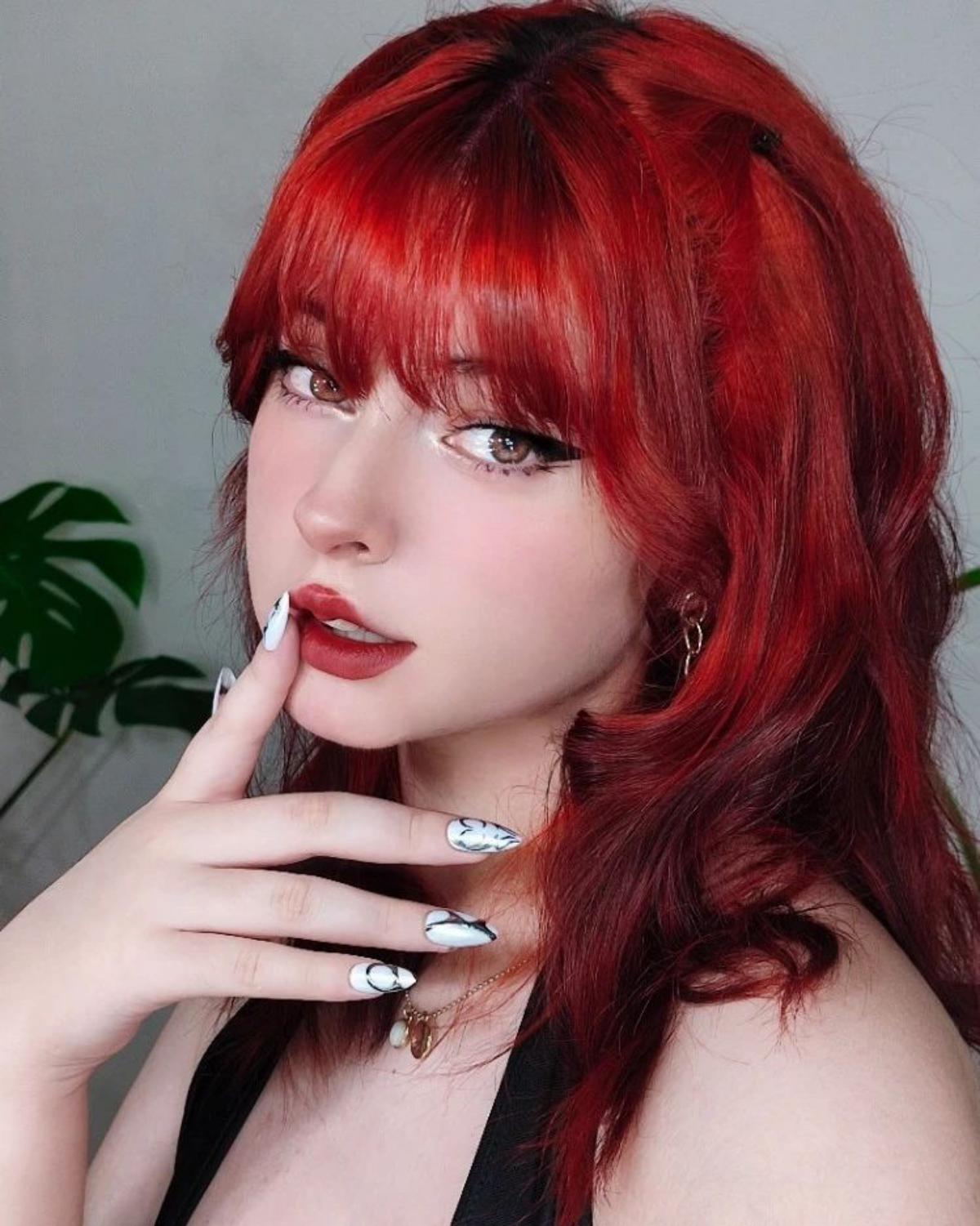
Oh yeah, and your hair’s condition matters. A lot. If your hair is super porous from bleaching or damage, its ‘scales’ are already kind of stuck open. You’d think this would make it soak up color, and it does—but it also lets it go just as fast. A healthy, smooth hair strand is actually the best canvas for a red that stays put.
The All-Important Chat: Your Pre-Color Game Plan
Before any color gets mixed, a serious conversation needs to happen. This is the step that prevents those hair-color-disaster stories we’ve all heard. Just pointing to a picture is a recipe for disappointment.
Matching Red to Your Skin and Eyes
We’ve all heard about “warm” and “cool” tones, but it goes a little deeper than that. For skin with pink or reddish undertones, a super-fiery, true red can sometimes make you look a bit flushed. In these cases, a copper or a golden-red often works beautifully because the gold tones help calm down any surface redness. On the flip side, olive skin tones, which can have greenish undertones, look absolutely stunning with a violet-based red like a deep cherry or burgundy. The violet counteracts the green and makes the skin look brighter.
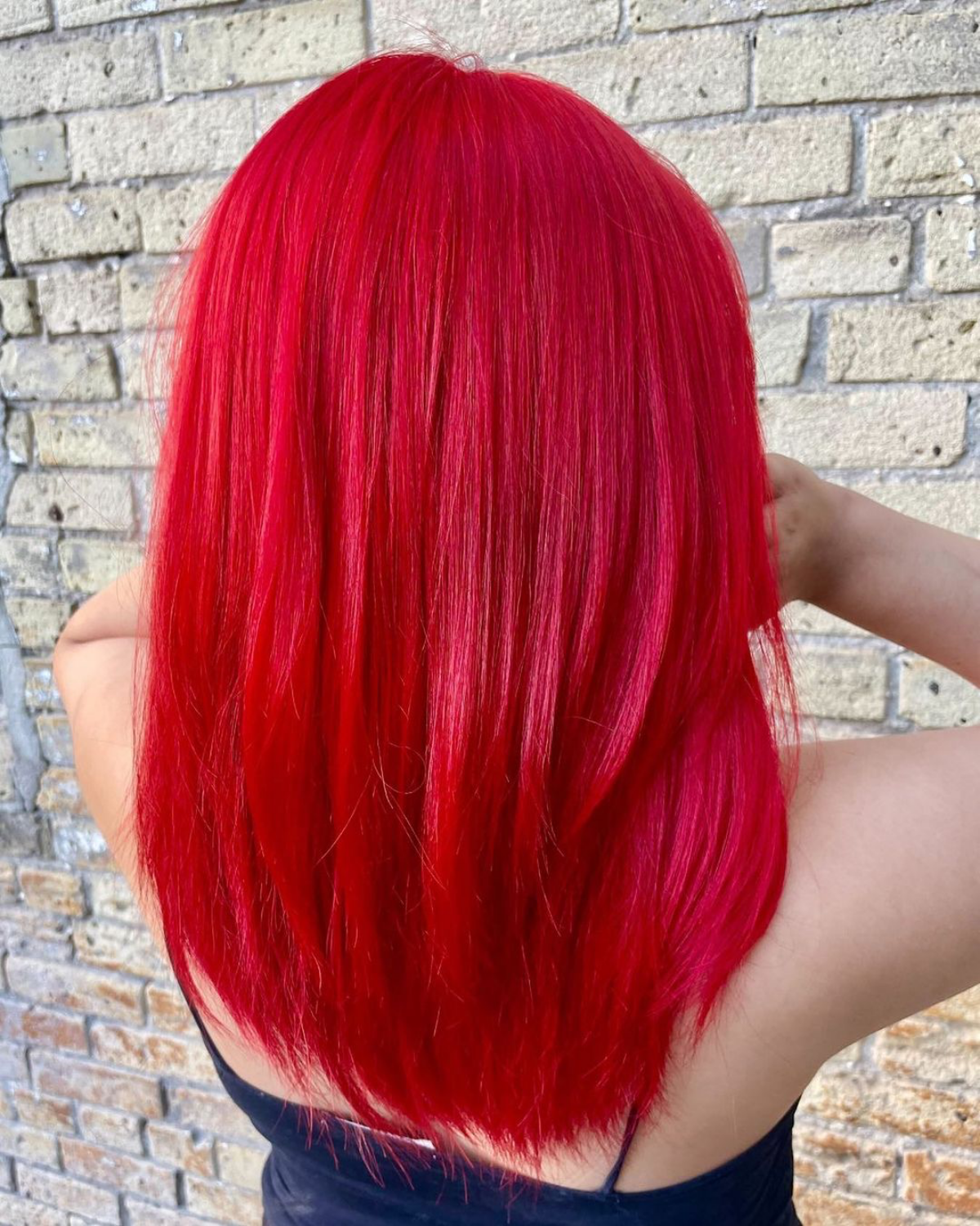
And don’t forget your eyes! Coppers and gingers make blue eyes pop like you wouldn’t believe (thank you, color wheel). Those violet-reds do the same thing for green eyes. Brown eyes? You lucky ducks can wear almost any red, but a true, balanced red can really bring out those little gold flecks in the iris.
Your Hair’s Diary (And You Have to Be Honest)
This is where I need the whole truth and nothing but the truth. What have you put on your hair in the last few years? Box dye? Henna? Each one is a different beast.
Box dye, for instance, often contains metallic salts and pigments that don’t play nicely with professional color. Trying to lift it can leave you with patchy, uneven bands of color that are a nightmare to fix. But henna… henna is the real danger zone. Many commercial henna products, especially the black ones, contain metallic salts that can have a violent chemical reaction with professional lightener. I’ve literally felt foils get scorching hot to the touch and seen steam rising from the hair. It’s not an exaggeration; it’s a chemical reaction that can melt your hair right off. If a client even whispers the word henna, I insist on doing a strand test on a small, hidden cutting of hair first. It’s the only way to be safe.
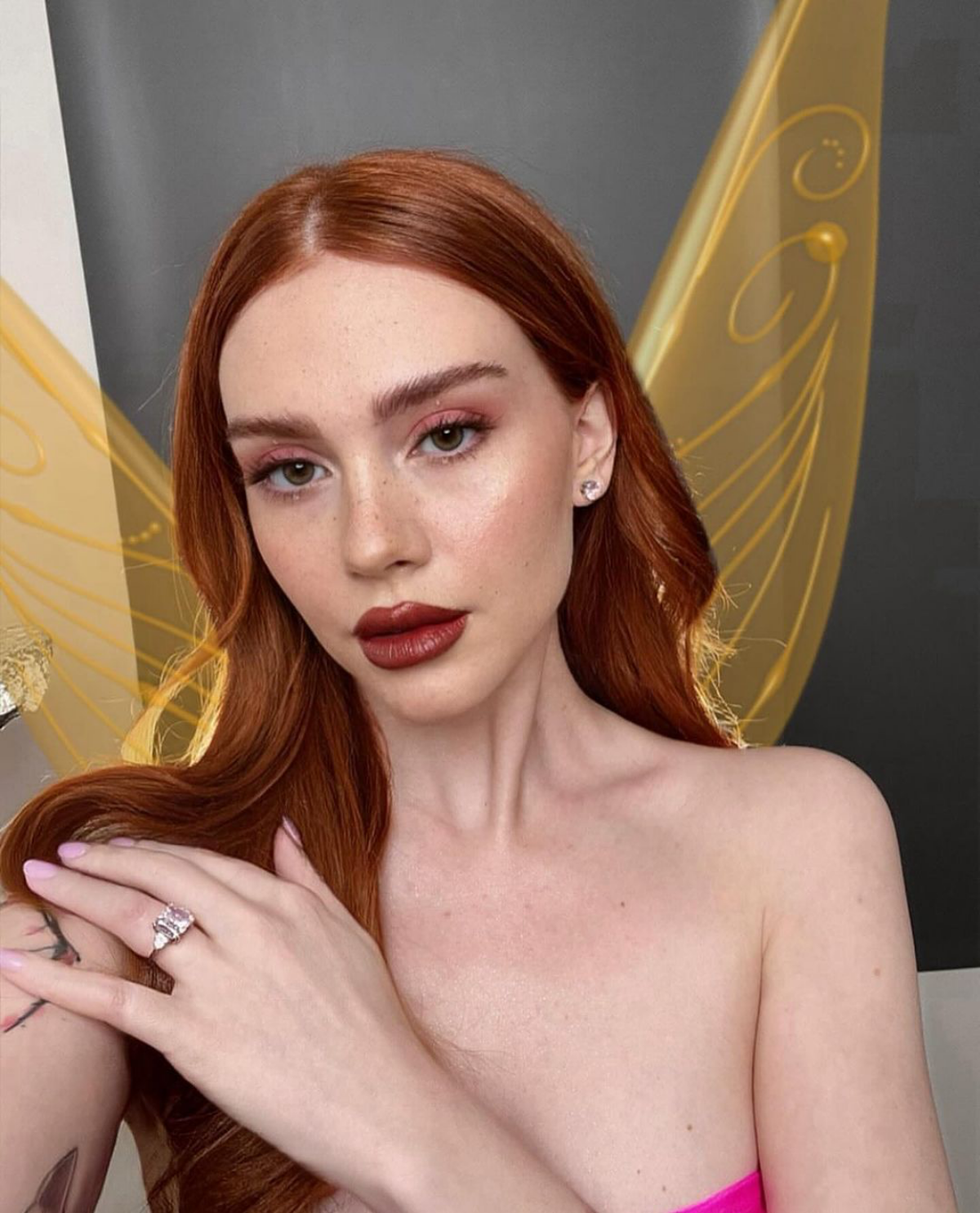
The Reality Check: Budget & Lifestyle
I’m always upfront about this part. A vibrant red is an investment of both time and money. Be prepared: a full transformation, especially from dark hair to a bright red, can run anywhere from $300 to over $600, depending on your hair’s length, thickness, and history. And that’s just the first visit.
To keep that red looking fresh and not like a faded memory, you’ll need to come back for a gloss or toner every 4-6 weeks. That maintenance appointment will likely be in the $75 to $150 range. It’s better to know this upfront than to be frustrated later!
How We Get There: A Peek Behind the Curtain
Applying red isn’t a one-size-fits-all process. The strategy changes completely based on what we’re starting with.
- Starting from Scratch (Virgin Hair): On hair that’s never been colored, you can’t just slap the same formula on from roots to ends. The heat from your scalp makes the color develop faster, which gives you “hot roots”—that classic sign of a DIY job where the scalp area is weirdly bright. To avoid this, we’ll apply color to your lengths and ends first, let it sit, and then use a slightly different formula on the roots for the last part of the processing time.
- Going from Blonde to Red: If you put red dye directly on light blonde hair, you’ll get a hollow, almost pinkish color. Why? Because the hair is missing its natural warm foundation. We have to put that warmth back in first, in a process called “filling.” Think of it like priming a wall before you paint it. We’ll apply a gold or copper-orange base color, process it, and then apply your final target red on top for a rich, long-lasting result.
- The Big Leap: Dark Hair to Red: To get a vibrant red on dark hair, you have to lighten it first. There’s no way around it. This is a delicate process where we use a gentle lightener, usually mixed with a bond-building treatment, to lift the hair to the perfect underlying shade—often a warm golden-orange, which is a perfect base for a fiery red. Heads up: if your dark hair was previously colored with a dark box dye, this job officially becomes a “color correction.” It’s a much more complex, time-consuming, and expensive service because we first have to carefully strip out that old, unpredictable color.
- The Special Case: Covering Stubborn Grays: Oh, gray hair. It’s a whole different challenge. Because gray hair has no natural pigment, red dye can look translucent or even pinkish on it. To get a rich, opaque red that covers gray beautifully, we often have to use a special technique, like applying a neutral filler first or mixing a dedicated gray-coverage formula into your red to give it the necessary pigment density.
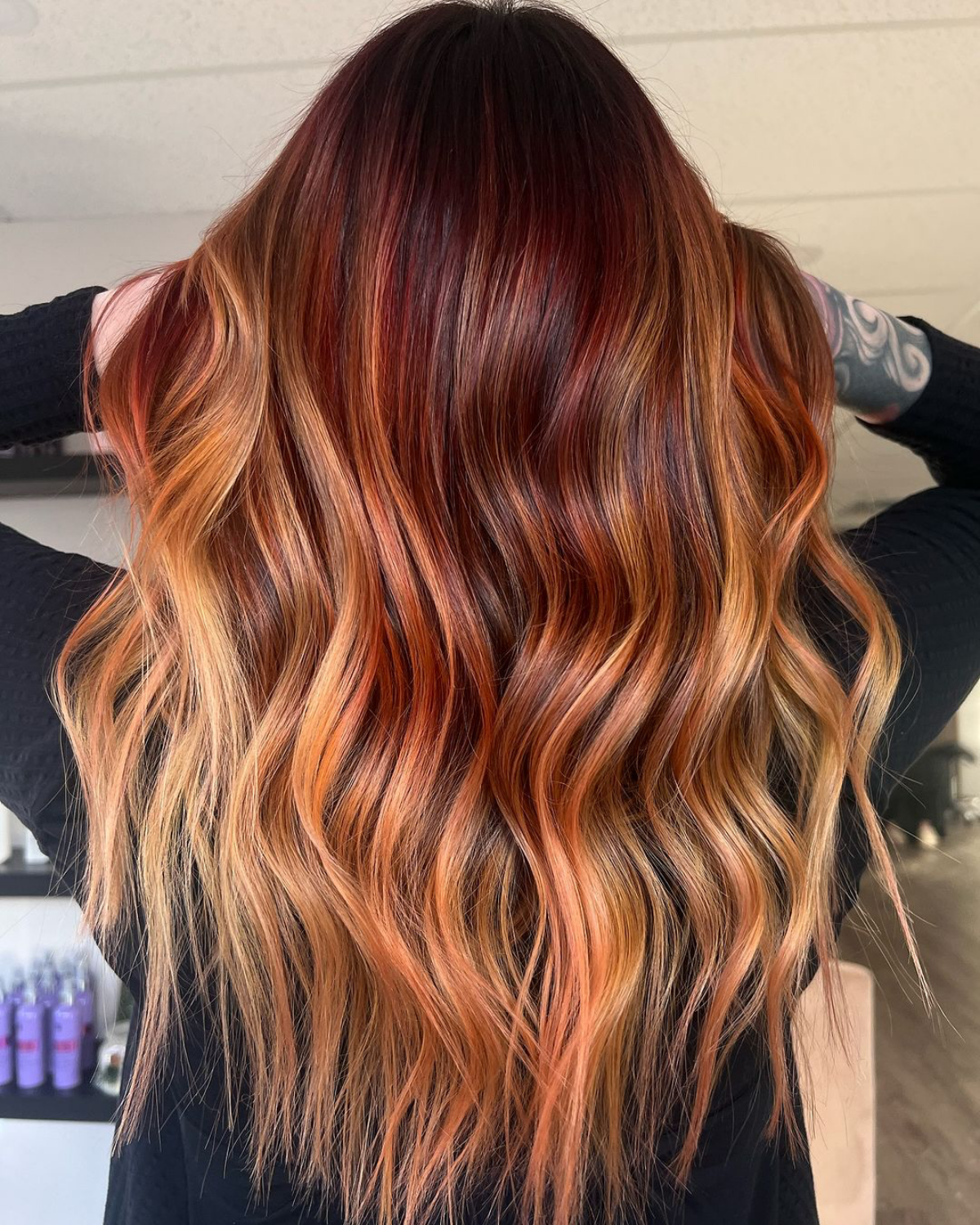
Making It Last: Your At-Home Red Hair Survival Guide
Okay, you’ve got the perfect red. Your job is now to protect your investment. I give all my red-headed clients a few simple, non-negotiable rules.
First, wash your hair less often, and always with lukewarm or cool water. Hot water is red’s number one enemy.
Second, you absolutely must use sulfate-free, color-safe products. And a color-depositing conditioner? That’s your new best friend. It refreshes your color every time you wash. When it comes to products, you have great options. For coppers and gingers, something like the Keracolor Clenditioner in Copper is fantastic and runs about $22. If you went for a deep cherry or burgundy, the Moroccanoil Color Depositing Mask in Bordeaux (around $30) is a total lifesaver.
Finally, heat is not your friend. Flat irons and curling wands will literally fade your color. Always use a heat protectant spray. And if you’re out in the sun, wear a hat or use a UV protectant hair spray. Before swimming, wet your hair and slather it in cheap conditioner to prevent it from soaking up chlorine or salt.
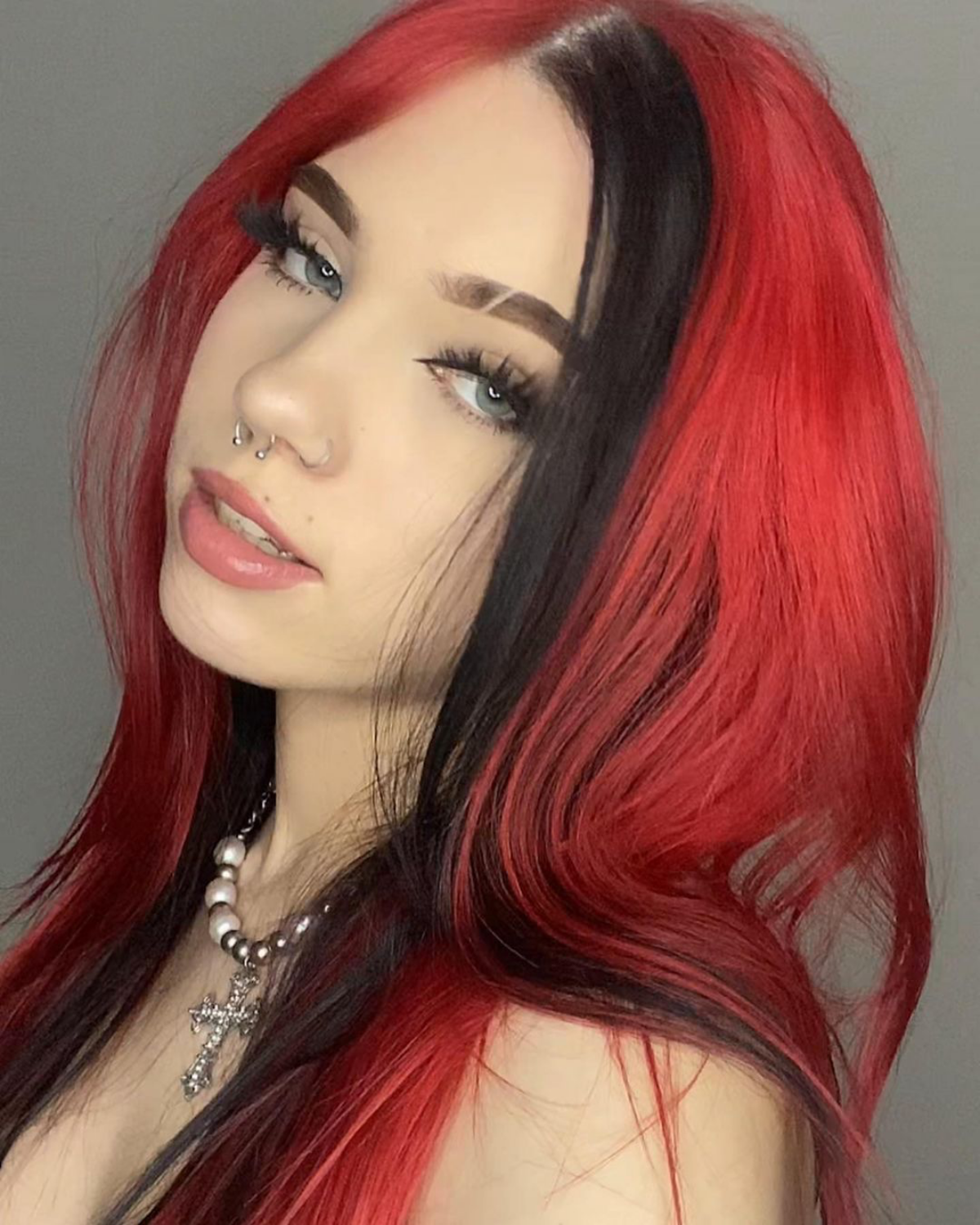
Seriously, When to Call a Professional
While the urge to DIY can be strong, red is the one color I beg people not to attempt with a box, especially if lightening is involved. The risks of getting it wrong—from those bright orange “hot roots” to patchy, damaged hair—are just too high. A color correction service to fix a mistake will cost you far more time, money, and stress than just getting it done professionally in the first place.
Red hair is a journey, for sure. But when you’re armed with the right info and a realistic plan, it’s one of the most rewarding and confidence-boosting things you can do for yourself. It’s a color that enters the room before you do, and honestly, it’s worth every bit of the effort.
Galerie d’inspiration
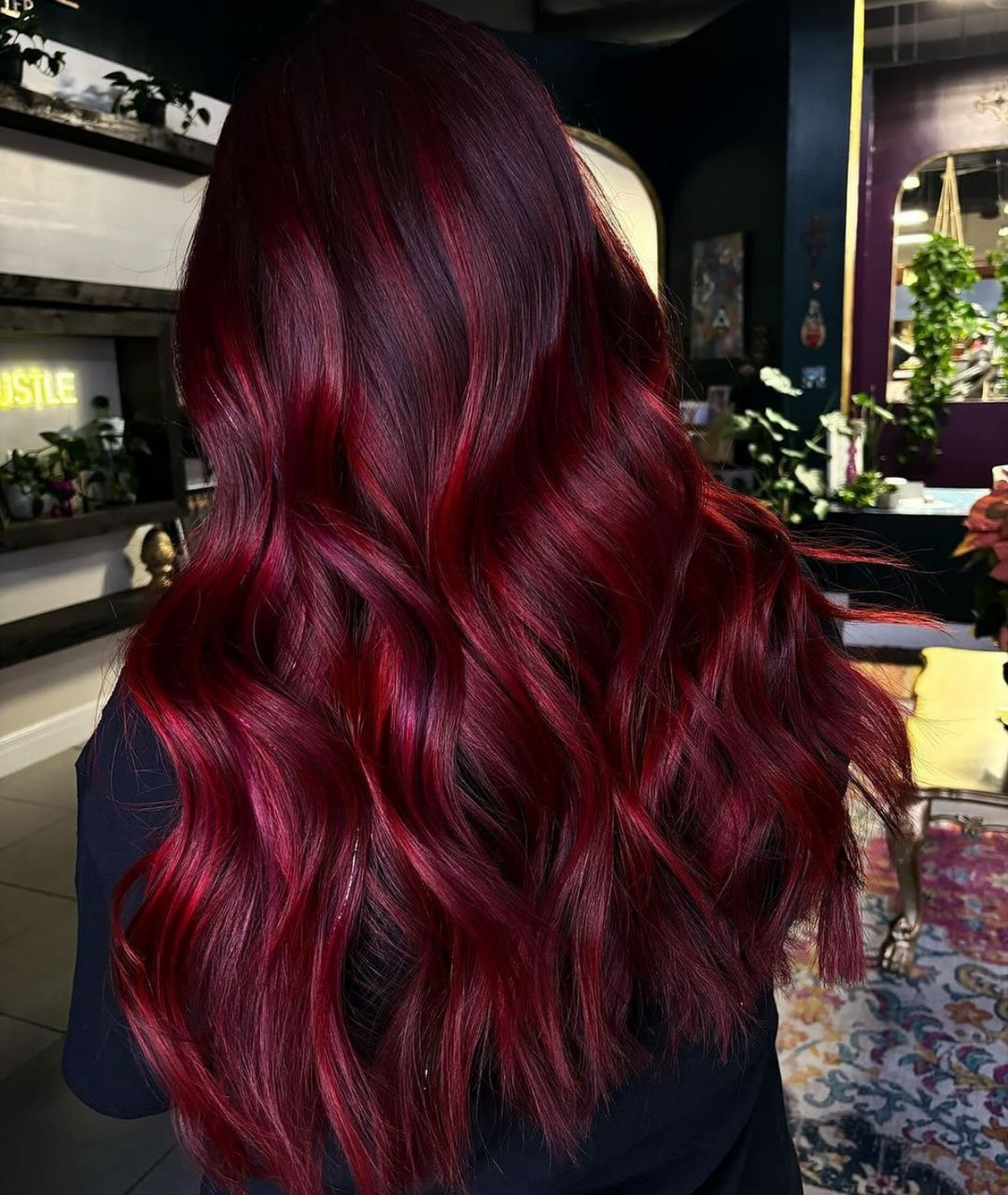
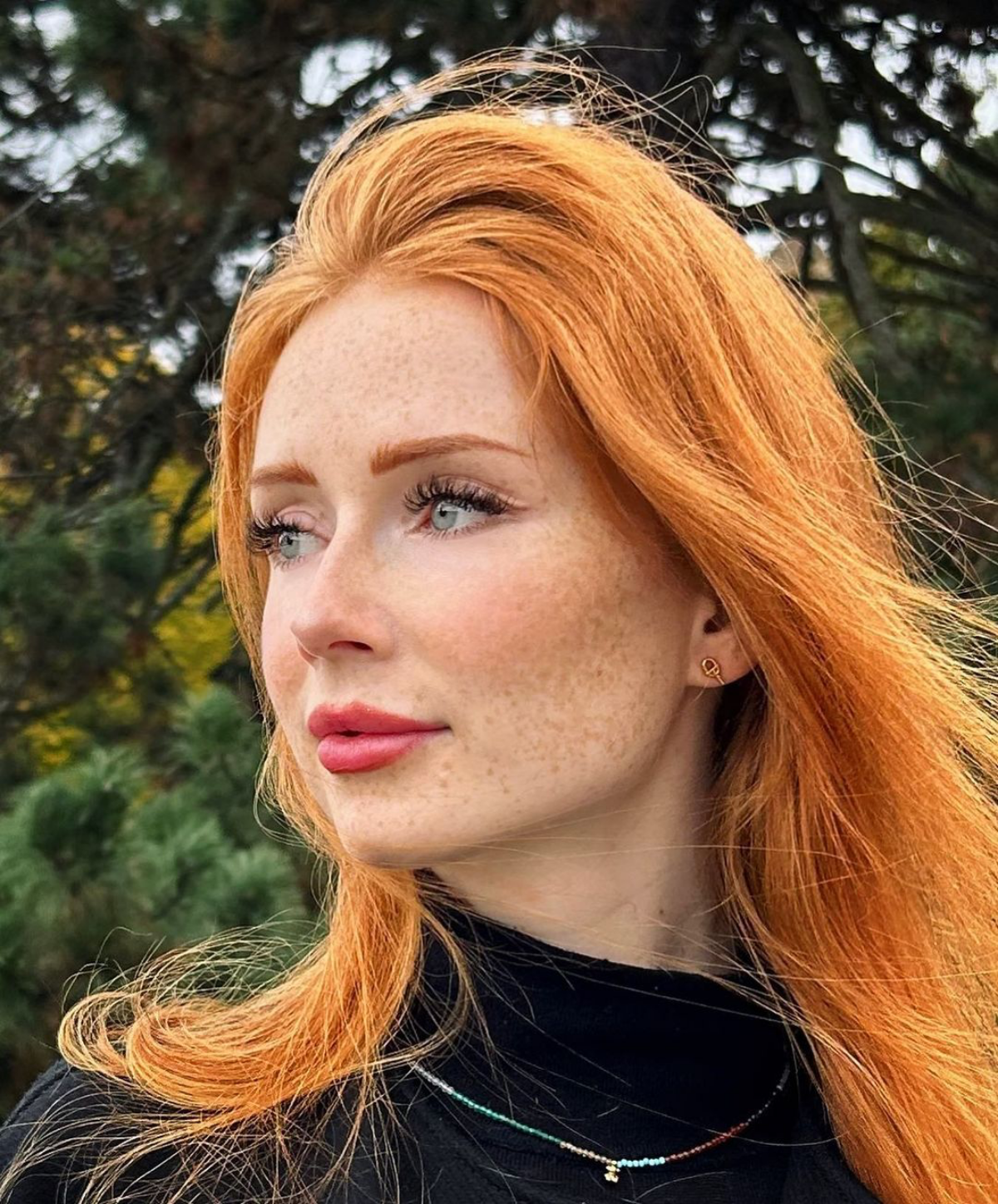
The right at-home care is just as important as the salon visit itself.
To combat the notorious fade, consider adding a color-depositing conditioner to your weekly routine. It’s a game-changer. Products like the Moroccanoil Color Depositing Mask in shades like ‘Copper’ or ‘Bordeaux’ or the Wella Professionals Color Fresh Mask add a sheer layer of pigment back onto the hair shaft. This simple step, used once a week, counteracts the washout and keeps your red looking rich and intentional, not faded and accidental.
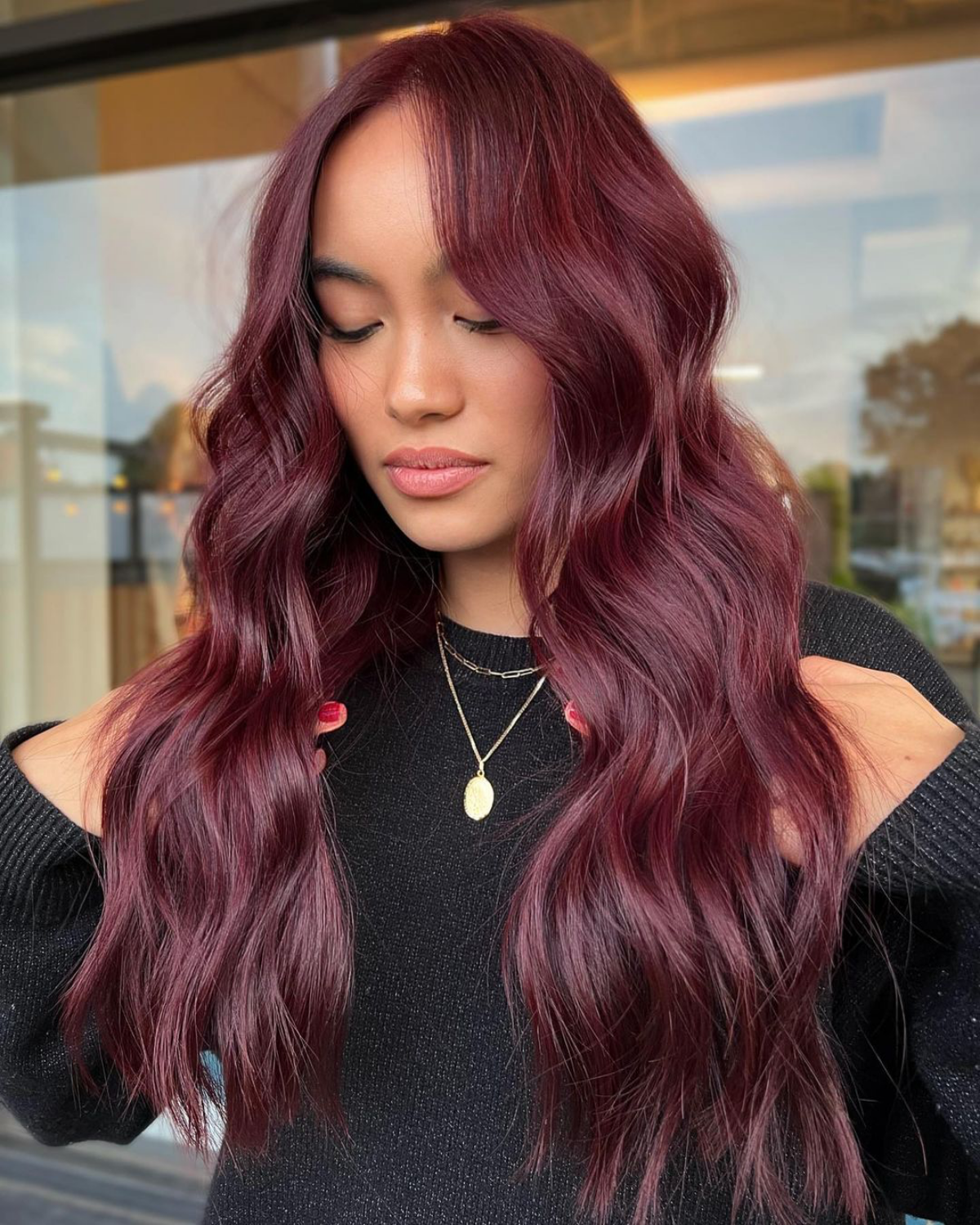
Wondering which red will make your features pop? It’s all about your skin’s undertones.
If you have warm, golden, or peachy undertones (your wrist veins may appear greenish), you’ll look incredible in copper, auburn, and strawberry blonde shades. If you have cool, pinkish undertones (your veins appear more blue), you can pull off dramatic, jewel-toned reds like cherry, burgundy, and raspberry. When in doubt, hold a piece of gold and silver jewelry up to your face; the one that makes you look more radiant reveals your undertone.
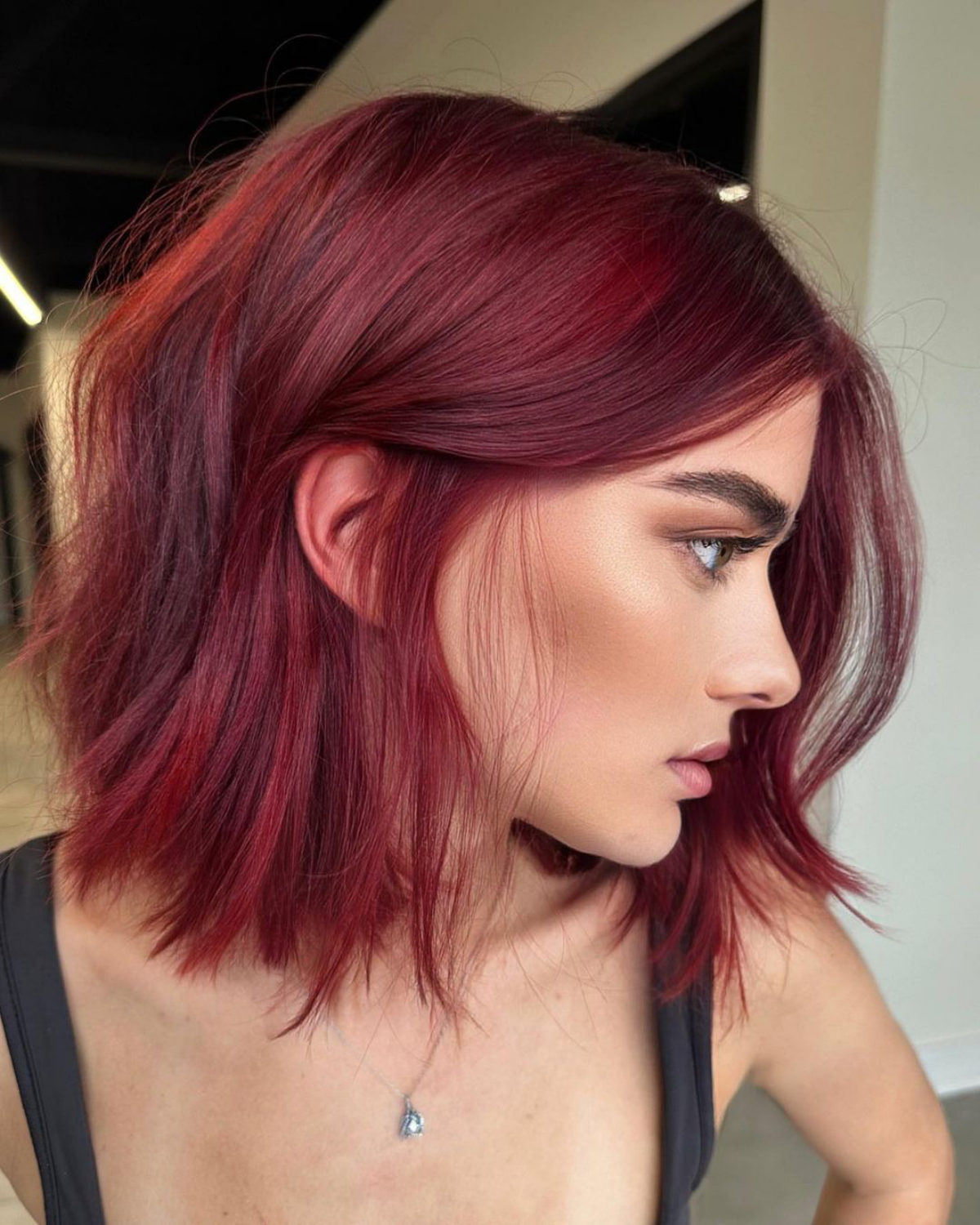
- Less is more when it comes to washing. Try to stretch the time between shampoos to preserve your color.
- Rinse with cool water. Hot water opens the hair cuticle, allowing those large red molecules to escape.
- A great UV protectant spray for hair isn’t just for vacation. The sun is notorious for bleaching red tones.
The secret to longevity lies in these small, daily habits that protect your color investment.
The 48-Hour Rule: This is non-negotiable. After your color appointment, wait at least two full days before washing your hair. This crucial waiting period allows the hair’s cuticle to fully close and trap the new color molecules, significantly boosting your shade’s staying power from day one.










